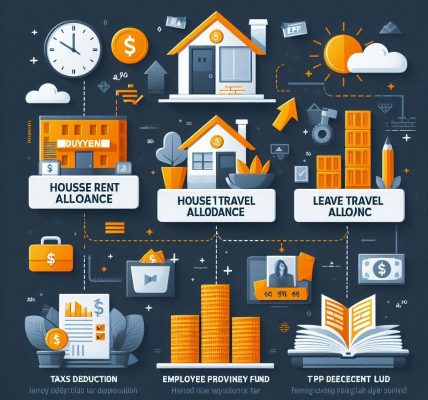Introduction
Capital gains tax (CGT) is an essential aspect of taxation that affects individuals and businesses alike. Whether you’re selling property, stocks, or other assets, understanding capital gains tax can help you minimize your tax liability legally.
In this guide, we will break down the types of capital gains tax, ways to reduce tax liability, and common mistakes to avoid to ensure compliance with tax laws.
1. What is Capital Gains Tax?
Capital gains tax is levied on profits earned from the sale of capital assets such as:
- Real estate (land, house, commercial property)
- Stocks and mutual funds
- Gold and jewelry
- Bonds and other investments
The tax applies to the profit earned, not the total sale amount.
Types of Capital Gains Tax
There are two types of capital gains tax:
| Type | Holding Period | Tax Rate |
|---|---|---|
| Short-Term Capital Gains (STCG) | Held for less than 12 months (for stocks) or 36 months (for real estate) | 15% (on stocks), as per income tax slab (for others) |
| Long-Term Capital Gains (LTCG) | Held for more than 12 months (for stocks) or 36 months (for real estate) | 10% on gains exceeding ₹1 lakh (for stocks), 20% with indexation (for others) |
2. How to Calculate Capital Gains?
Capital Gain = Sale Price – (Purchase Price + Improvement Costs + Transfer Costs)
For long-term capital gains, indexation benefits apply, allowing you to adjust the purchase price to account for inflation.
3. Ways to Minimize Capital Gains Tax Legally
a) Utilize Section 54 Exemptions (For Real Estate Sales)
If you sell residential property and reinvest the gains in another residential property within 2 years (or construct within 3 years), you can claim tax exemption under Section 54.
b) Invest Under Section 54EC (For Property Sellers)
Instead of paying tax, invest the capital gains (up to ₹50 lakh) in specified bonds (NHAI, REC) within 6 months of the sale. These bonds have a 5-year lock-in period and are exempt from capital gains tax.
c) Use Section 54F (For Other Asset Sales)
If you sell assets other than property (e.g., gold, stocks) and reinvest the proceeds in a new residential house, you can claim full exemption under Section 54F, provided you don’t own more than one property.
d) Take Advantage of Indexation Benefits
Indexation adjusts the purchase price of assets for inflation, reducing taxable gains. It is applicable to real estate, gold, bonds, and debt mutual funds.
e) Offset Capital Losses
You can set off capital losses against capital gains:
- Short-term losses can be adjusted against both short-term and long-term gains.
- Long-term losses can be offset only against long-term gains.
Losses can be carried forward for 8 years, reducing future tax liabilities.
f) Avail Basic Exemption Limit (For Individuals Without Other Income)
If total taxable income (excluding LTCG) is below ₹2.5 lakh (₹3 lakh for senior citizens), the remaining limit can be adjusted against long-term capital gains, reducing tax liability.
g) Invest in ELSS Mutual Funds
Equity-Linked Savings Schemes (ELSS) are tax-saving mutual funds under Section 80C with a 3-year lock-in and offer long-term growth with tax benefits.
4. Common Mistakes to Avoid
a) Ignoring Taxation on Equity Investments
Even though LTCG on stocks and equity mutual funds is tax-free up to ₹1 lakh, profits beyond this limit attract 10% tax. Plan your sales accordingly.
b) Not Keeping Proper Documentation
Maintain records of purchase price, improvement costs, and sale details to claim deductions and exemptions correctly.
c) Failing to Reinvest Gains on Time
For Section 54/54F benefits, reinvestment should happen within 2 years (purchase) or 3 years (construction). Missing deadlines leads to taxation of gains.
d) Incorrectly Claiming Loss Set-Offs
Ensure that capital losses are set off only against capital gains. Short-term losses can be adjusted against both short- and long-term gains, but long-term losses apply only to long-term gains.
e) Not Considering Tax-Free Bonds
Instead of investing in taxable instruments, tax-free bonds (like PPF, NPS, tax-free fixed deposits) offer better tax efficiency.
5. Conclusion
Understanding capital gains tax and implementing legal tax-saving strategies can help individuals and businesses minimize liabilities and maximize savings. By reinvesting smartly, leveraging exemptions, and maintaining compliance, you can optimize your tax planning efficiently.




